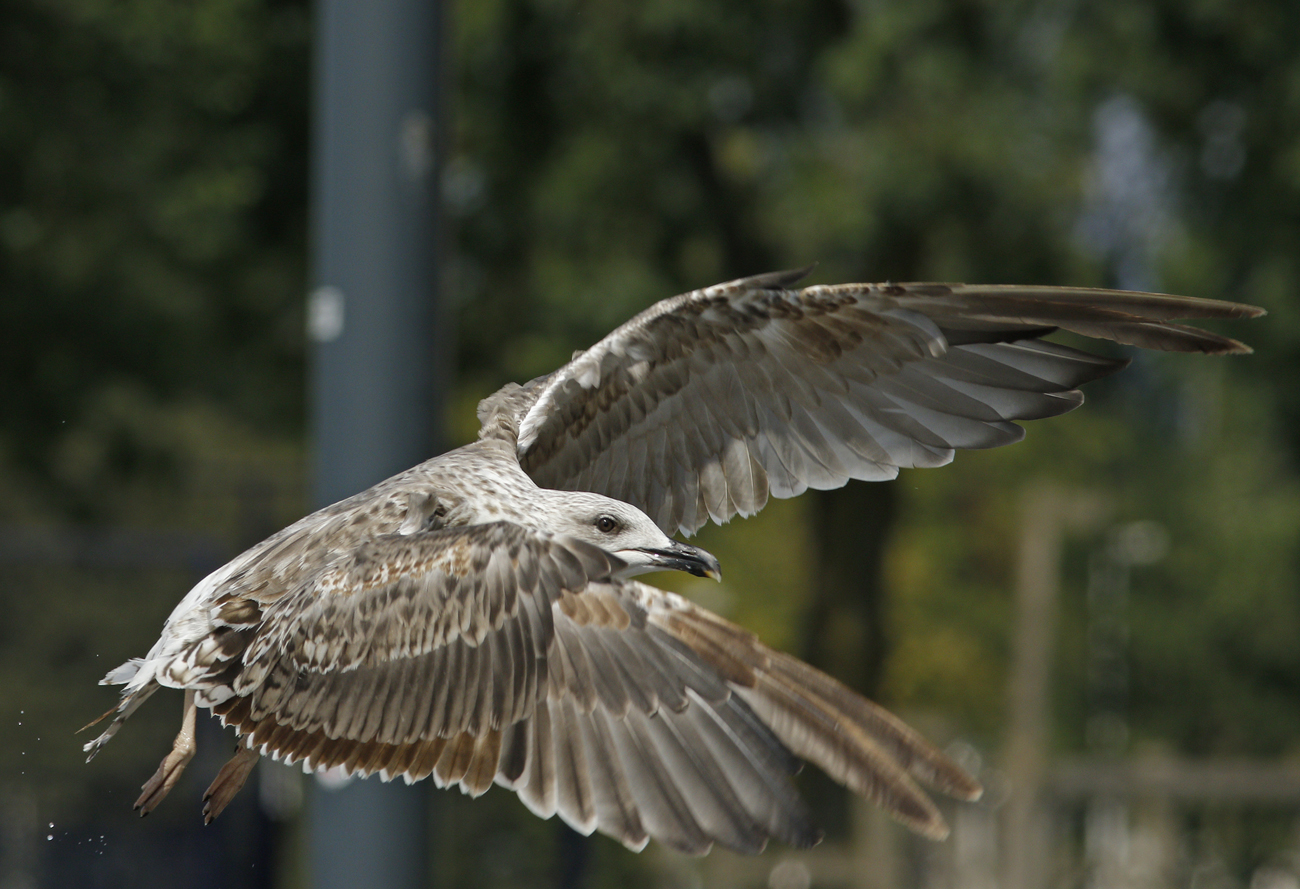 Lesser Black-backed Gull (graellsii & intermedius)
Lesser Black-backed Gull (graellsii & intermedius)
(last update: May 17 2015)
lbbg 1cy May
lbbg 1cy June
lbbg 1cy July
lbbg 1cy August
lbbg 1cy September
lbbg 1cy October
lbbg 1cy November
lbbg 1cy December
lbbg 2cy January
lbbg 2cy February
lbbg 2cy Mar-April
lbbg 2cy May
lbbg 2cy June
lbbg 2cy July
lbbg 2cy August
lbbg 2cy September
lbbg 2cy October
lbbg 2cy Nov - Dec
lbbg 3cy Jan-April
lbbg 3cy May
lbbg 3cy June
lbbg 3cy July
lbbg 3cy August
lbbg 3cy September
lbbg 3cy October
lbbg 3cy Nov - Dec
lbbg sub-ad Jan-April
lbbg sub-ad May
lbbg sub-ad June
lbbg sub-ad July
lbbg sub-ad Aug
lbbg sub-ad Sept
lbbg sub-ad Oct
lbbg sub-ad Nov
lbbg sub-ad Dec
lbbg adult January
lbbg adult February
lbbg adult March
lbbg adult April
lbbg adult May
lbbg adult June
lbbg adult July
lbbg adult August
lbbg adult September
lbbg adult October
lbbg adult Nov - Dec
Lesser Black-backed Gull 2CY, August 27 2017, Utrecht, the Netherlands.
P6 new, P9-P10 old. S1 new. Active tail moult.
A typical 2cy LBBG, with an average moult gap in the primaries. The tail is in active moult, with one pair juvenile feathers still present. The inner rectrices are growing second generation feathers. In the wing-coverts, the last phase involves the central greater coverts and lesser coverts in the carpal edge.
In the ordinary moult sequence, LBBG finish with about greater coverts #7-8 and the outermost lesser coverts in the upper row. As can be seen in the image, the central greater coverts have been replaced and are still very fresh.
Several outer lesser coverts are missing and some are still old, juvenile. In the mean time, greater covert #1 has been renewed very recently, while GC #2-#3 are old worn 2nd gen. GC1 may be third generation replacements for earlier moulted feathers (on the wintering grounds in the post-juvenile moult) or an indication that the partial autumn moult in 2cy has started. The first option may be favored when considering the median covert row, where median coverts #3-4 and MC #6-8 are very abraded second generation feathers, obviously from the post-juvenile moult. Median coverts #5 are growing, most probably third generation. In the lower lesser covert row, two inner feathers are old second generation as well.

